Lean Essentials
by Brian Schoenbaechler

1. Cellular Manufacturing
1.1. reduce cycle time and inventories to meet market response times
2. Takt Time
2.1. "heartbeat" of the customer
2.2. Takt = T/D T is Time available for product/service D is a demand for the number of units
2.3. Takt gives information on production pace or units per hours.
3. Standard Work
3.1. process of documented description of methods, materials, tools, and processing times required to meet takt time
3.2. This aids in standardizing the tasks throughout the value stream.
4. Continuous Flow
4.1. reducing the batch size in order to eliminate system constraints
4.2. product or information is produced by moving at a consistent pace from one value-added processing step to the next with no delays in between.
5. Pull Systems and Kanban
5.1. a customer process signals a supplying process to produce a product or information or deliver product/information when it is needed.
5.2. Kanban is the signals used within a pull system through scheduling combined with travelling instruction by simple visual devices like cards or containers.
6. Five Why's
6.1. A thought process by which the question "why" is asked repeatedly to get to the root cause of a problem.
7. Quick Changeover / SMED
7.1. A 3-stage methodology developed by Shigeo Shingo that reduces the time to changeover a machine by externalizing and streamlining steps.
7.2. Shorter changeover times are used to reduce batch sizes and produce just-in-time.
7.3. This concept aids in reducing the setup time to improve flexibility and responsiveness to customer changes.
8. Mistake Proofing / Poka Yoke
8.1. A methodology that prevents an operator from making an error by incorporating preventive in-built responsiveness within the design of product or production process.
9. Heijunka / Leveling the Workload
9.1. The idea that, although customer order patterns may be quite variable, all of our processes should build consistent quantities of work over time (day to day, hour to hour).
9.2. This strategy is adopted by intelligently planning different product mix , and its volumes over period of times.
10. Total Productive Maintenance (TPM)
10.1. OEE ( Overall Equipment Efficiency ) : OEE = A x PE x Q A - Availability of the machine.. PE - Performance Efficiency. Q - Refers to quality rate.
10.2. A team-based system for improving Overall Equipment Effectiveness (OEE), which includes availability, performance, and quality.
10.3. This aids in establishing a strategy for creating employee ownership autonomously for maintenance of equipment.
10.4. The goal of the TPM program is to markedly increase production while at the same time increasing employee morale and job satisfaction.
11. Five S
11.1. 5S is a five step methodology aimed at creating and maintaining an organized visual workplace. This system aids in organizing , cleaning , developing , and sustaining a productive work environment.
12. Problem Solving / PDCA / PDSA
12.1. Plan
12.2. Do
12.3. Check
12.4. Act
13. Eyes for Waste
14. Kaizen
15. Gemba Walks
16. Visual Management


